Meet Barry The St. Bernard, The Legendary Rescue Dog
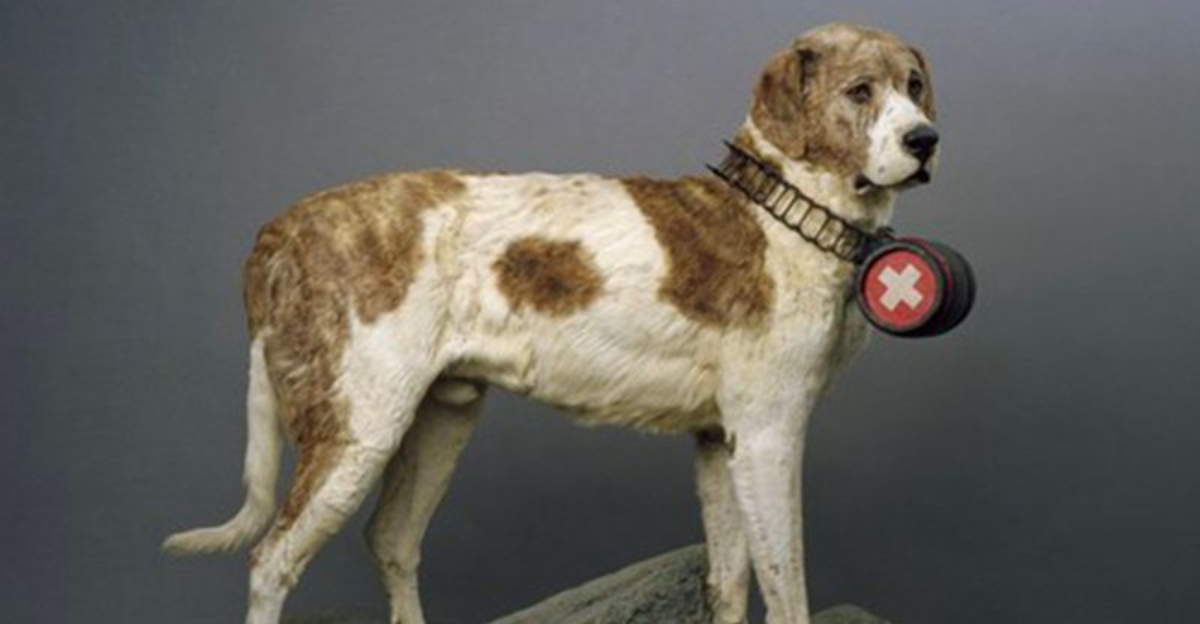
Before search and rescue dogs became common, there was Barry, a legendary St. Bernard who saved lives in the treacherous Swiss Alps during the early 1800s.
Working with monks at the Great St. Bernard Hospice, this remarkable canine hero rescued over 40 people from certain death in snowy mountain conditions.
Barry’s dedication and natural abilities set the standard for all rescue dogs that followed, making him a true pioneer in animal-assisted emergency response.
Who Was Barry the St. Bernard?
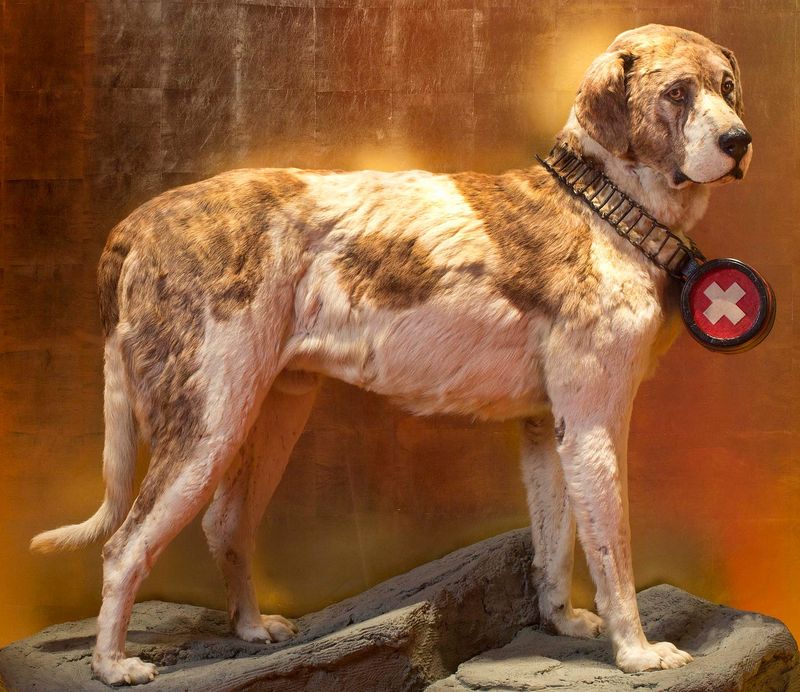
Born in 1800, Barry served at the Great St. Bernard Hospice, a monastery nestled in the dangerous Alpine pass between Switzerland and Italy. For 12 years, this extraordinary dog braved blizzards and treacherous terrain to find travelers buried in snow.
Unlike modern St. Bernards who weigh up to 180 pounds, Barry was smaller and more agile at about 90 pounds, perfect for navigating steep mountain slopes. His keen sense of smell and remarkable intuition made him the most successful rescue dog of his time.
Barry’s Role as a Rescue Dog
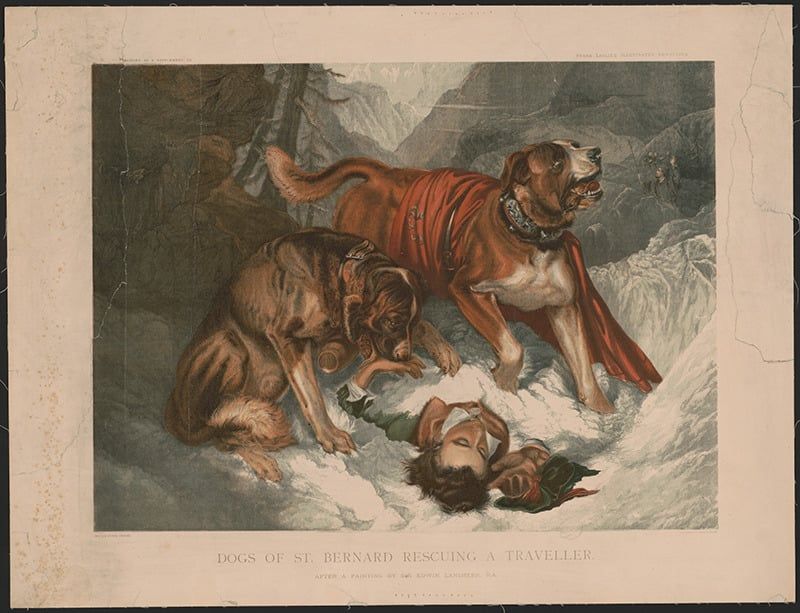
When avalanches buried travelers in the treacherous Alpine pass, Barry would locate victims by detecting their scent beneath several feet of snow. The clever canine would dig through the snow to reach the stranded person, then either lie on them to provide warmth or run back to the monastery to alert the monks.
Monks at the hospice trained Barry to carry small barrels of brandy around his neck, providing reviving spirits to those he rescued. His ability to navigate the mountains in harsh weather conditions made him invaluable to the monastery’s humanitarian mission.
The Heroic Rescues
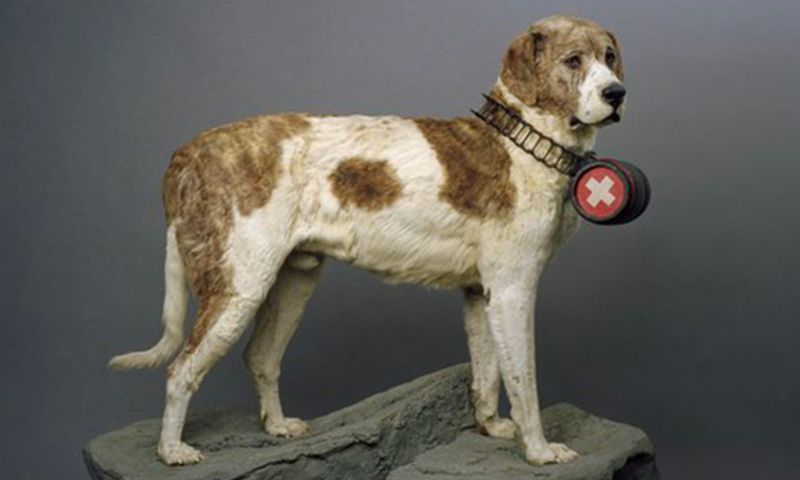
Barry’s most famous rescue involved a small child found freezing in an ice cavern. The devoted dog warmed the boy with his body heat, then gently coaxed him to climb onto his back for the journey to safety. This dramatic rescue became legendary throughout Europe.
During his career, Barry saved approximately 40 people, an astonishing number considering the primitive conditions of the early 19th century. Many of his rescues occurred during violent snowstorms when visibility was near zero and temperatures plummeted dangerously low.
Barry’s Legacy in Rescue Dog History
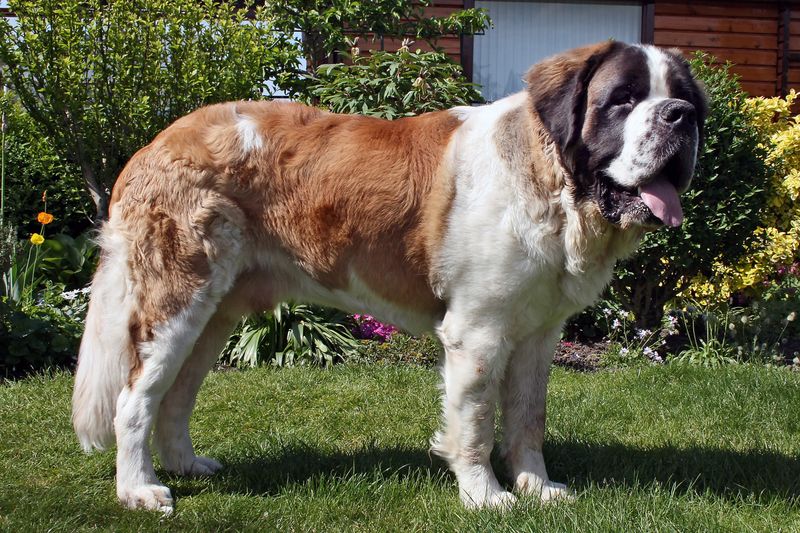
The pioneering work of Barry established a template for modern search and rescue operations worldwide. His natural abilities demonstrated how dogs could locate victims where human senses failed, fundamentally changing disaster response strategies.
After Barry, the monks at St. Bernard Hospice continued training dogs for rescue work for nearly 200 years. His methods became the foundation for specialized dog training programs now used by military, police, and emergency services globally.
Barry’s Training and Skills
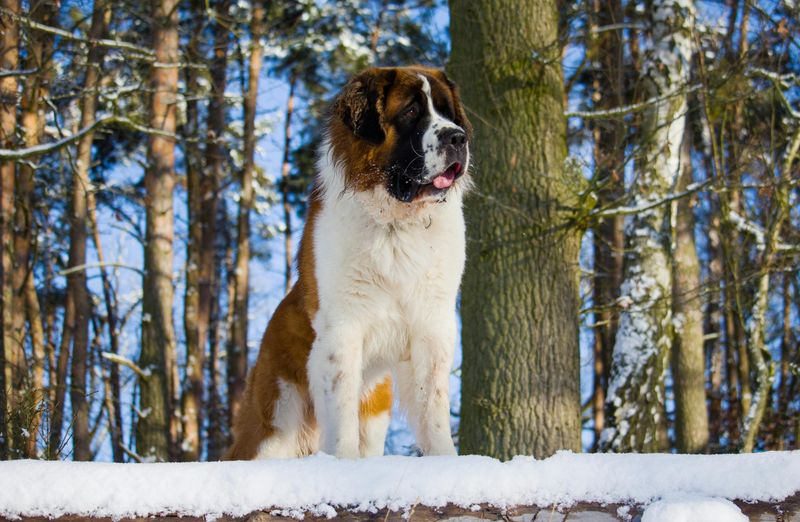
Unlike today’s formally trained rescue dogs, Barry developed his skills through a combination of natural instinct and on-the-job experience. The monks recognized his exceptional intelligence and nurtured his innate tracking abilities through practical fieldwork.
What made Barry extraordinary was his independent decision-making. He often worked without human handlers, making complex judgments about search patterns and rescue techniques alone in harsh conditions.
His incredible sense of smell could detect humans buried under many feet of snow, a skill that seemed almost supernatural to people of his era.
Barry’s Appearance and Characteristics
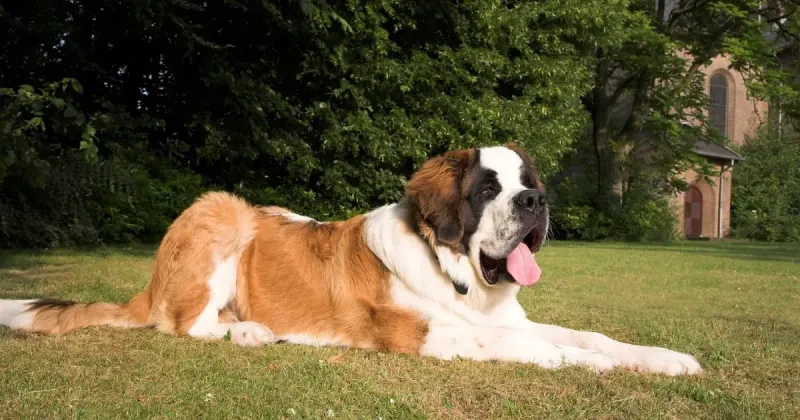
Unlike modern St. Bernards with their massive frames, Barry stood about 25 inches tall with a lean, athletic build perfect for mountain rescue. His coat was shorter and denser than today’s breed standard, providing better protection against extreme Alpine conditions.
Paintings depict him with distinctive red-brown and white markings, alert eyes, and an intelligent expression. Barry’s physical endurance was legendary, he could work tirelessly through blizzards that would have quickly exhausted other dogs or humans.
Barry’s Impact on the St. Bernard Breed

“Have you seen the brandy barrel around a St. Bernard’s neck?” That iconic image stems directly from Barry’s legacy, though it’s largely a romantic exaggeration of historical practice. Barry’s fame transformed the breed from working farm dogs into symbols of rescue and nobility.
The modern St. Bernard evolved significantly from Barry’s time, bred for increased size and different coat types. Yet his heroic spirit remains embedded in the breed’s reputation, creating a lasting association between St. Bernards and mountain rescue that persists in popular culture today.
Barry’s Death and Enduring Memory
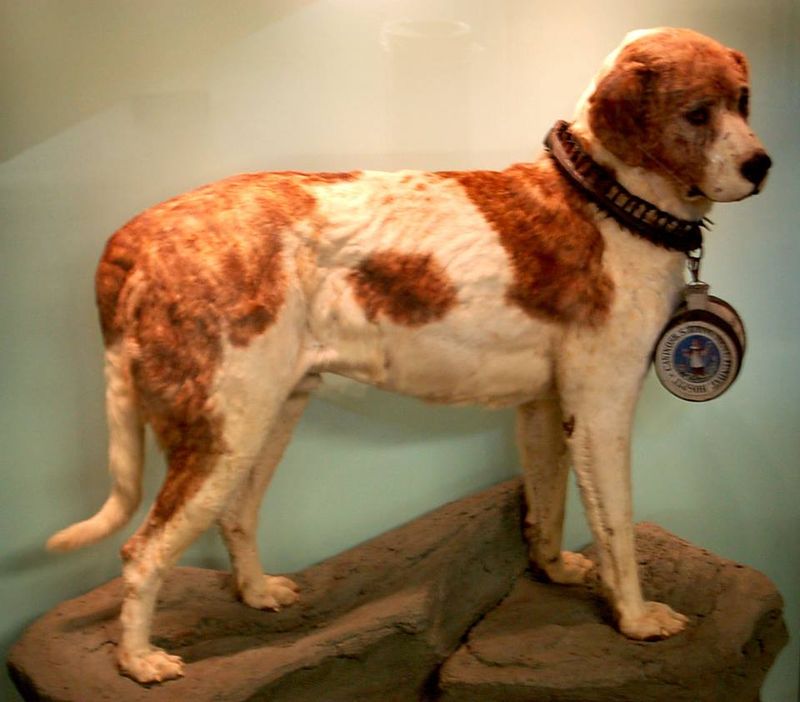
After saving approximately 40 lives, Barry died peacefully in 1814 at the remarkable age of 14. Contrary to popular myth, he wasn’t killed during a rescue, he retired to Bern, Switzerland, where he lived his final years in comfort.
Barry’s preserved body stands in the Natural History Museum of Bern, allowing visitors to see this legendary hero. The hospice maintains an unbroken tradition of keeping St. Bernards, always naming one “Barry” in his honor.
His epitaph reads simply: “Barry, who saved 40 people and was killed by the 41st” perpetuating the heroic myth that captures his selfless spirit.






